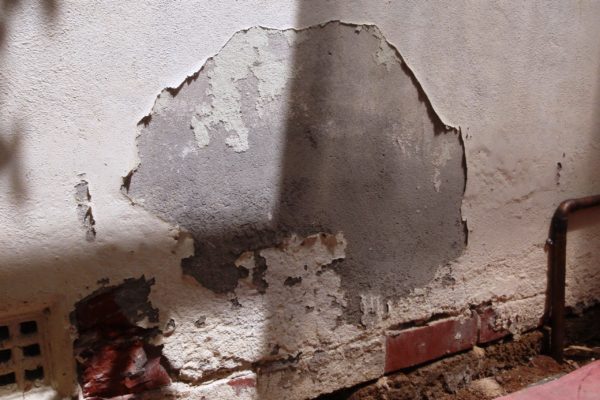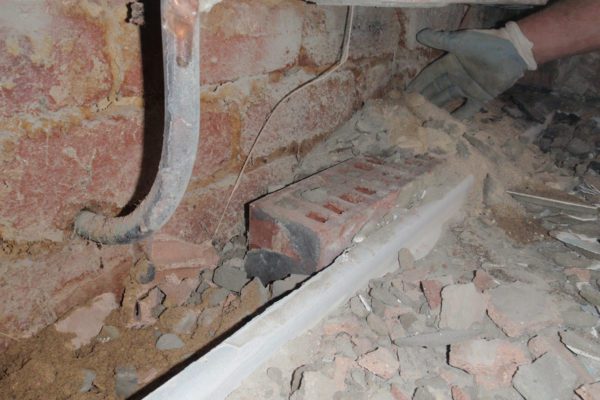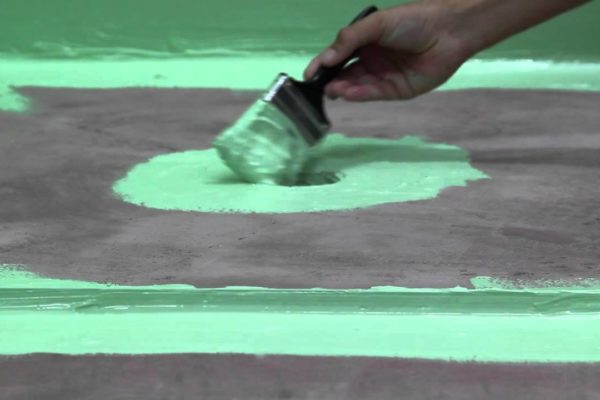Damp Proof Course Solutions in Perth
A damp-proof course (DPC) is a critical barrier that stops moisture from rising through your walls. Many older Perth homes either lack a DPC or have one that has failed over time. Federation Tuckpointing replaces and installs new damp-proof courses to permanently protect your property from rising damp. The DPC acts as a barrier to prevent moisture from rising up within the structure, and can be used in both new and existing buildings to help protect against the effects of damp.
When Do You Need a New Damp-Proof Course?
You may need a new damp-proof course if you notice damp patches on your walls, floors, or ceilings, or if you notice a musty smell in your home.
Our DPC Replacement Process
Remove the mortar between the bricks by grinding.
Expose the original damp-proof course by carefully removing the lowest course of brickwork (done in stages to keep the wall safe).
Clean the cavity thoroughly to remove rubble and debris.
Measure the wall area and cut the new damp-proof course (plastic or aluminium) to the correct length.
Lay the new damp-proof course in place.
Reinstall the bricks and seal the new course securely.
Check the installation to ensure the barrier is complete and effective.
Why replace a damp-proof course?
Replacing a damp-proof course (DPC) is important for protecting a building from moisture and damp problems.
A DPC :
- Prevents structural damage caused by moisture
- Stops mould and mildew growth
- Protects your investment long-term
Need a new damp-proof course?
If you’re not sure if you need a new damp-proof course, it’s best to contact us, we can check for signs of damp and advise you on what to do.



